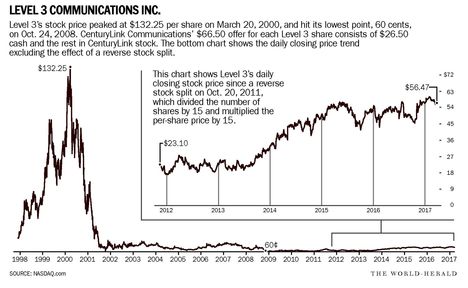(p. A15) In “Evolution’s Bite,” paleoanthropologist Peter S. Ungar follows the stories encapsulated in our enamel-coated anatomy.
Mr. Ungar’s story isn’t so much about teeth themselves as about the sweeping tale of human evolution as seen through the mouth.
. . .
Unpredictability in climate and resources, Mr. Ungar emphasizes, has made us a species adapted to variation. Drawing from the work of researchers like Elisabeth Vrba and Rick Potts, he underscores how environmental shifts influence our evolution just as they have for other animals. The invention of culture did not somehow free us from nature. Our existence and continuing evolution are still influenced by shifts in climate and their effects. Humans didn’t become locked into just one narrow mode of life but rather became a flexible species as comfortable above the Arctic Circle as on the equator. “Climate change,” he writes, “drove human evolution, in large part by swapping out food options available on the biospheric buffet.”
This new story–that humans became adapted to the variability of the world rather than any one set of conditions–hasn’t had time to become pop-culture canon just yet. Images of Man the Hunter stepping out onto the savanna in search of big game still dominate. “The story used to be simpler,” Mr. Ungar writes, when it seemed that “the spreading savanna coaxed our ancestors down from the trees, and the challenges it brought made them human.” All the same, the mounting swell of research doesn’t show a slow and steady transition from a chilly Ice Age world to the warmer one we know today. Instead, Mr. Ungar points out, temperatures dipped and spiked in a haphazard pattern prior to our influence on the climate, having an overall trajectory that we can detect now but that probably would have seemed simply chaotic to the people and creatures living through it.
For the full review, see:
Brian Switek. “BOOKSHELF; Chewing Over History.” The Wall Street Journal (Weds., May 31, 2017): A15.
(Note: ellipsis added.)
(Note: the online version of the review has the date May 30, 2017, and the title “BOOKSHELF; Chewing Over Humanity’s History.”)
The book under review, is:
Ungar, Peter S. Evolution’s Bite: A Story of Teeth, Diet, and Human Origins. Princeton, NJ: Princeton University Press, 2017.


